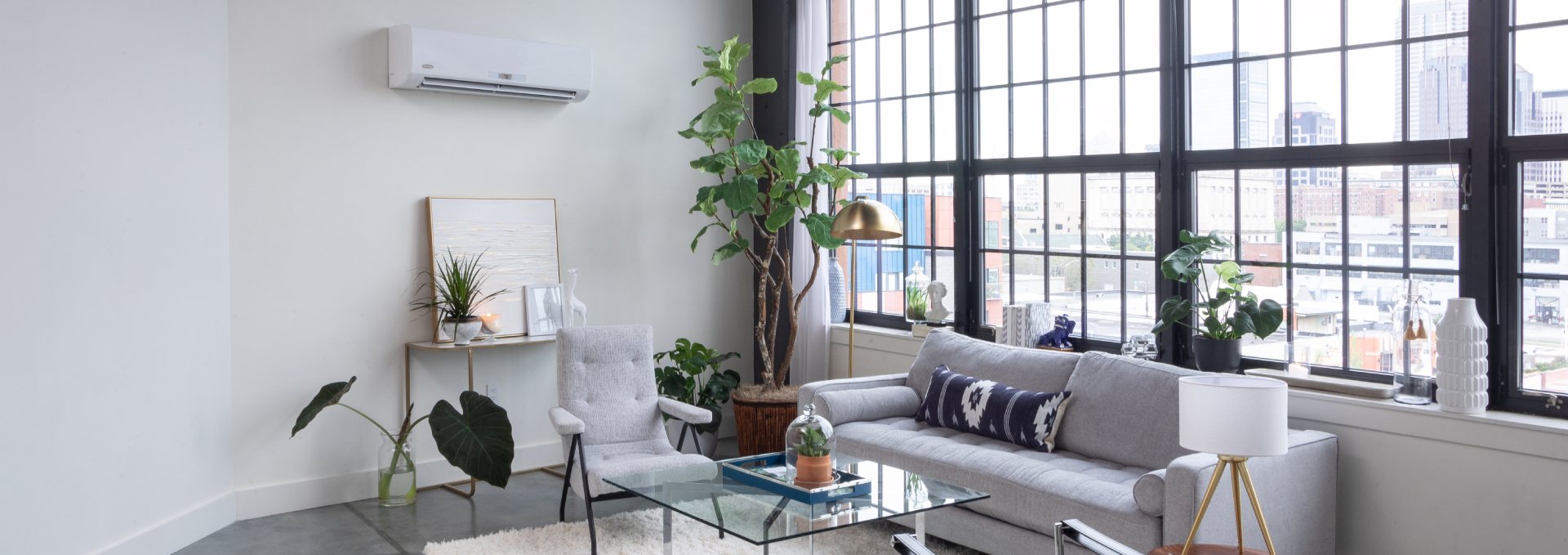Shared living (especially with someone you really love) can have several health and lifestyle benefits. But an ongoing Thermostat War isn’t one of them. While some shiver at even the thought of letting temperatures drop below 72 degrees inside, others may feel claustrophobic and dragged down without a bit of briskness in the air. One …

Category: Atlanta Cooling + Heating
Now that holiday spending season is over and tax deadlines are rapidly approaching, you may be examining your household budget with a little more scrutiny. Did you know your HVAC system could possibly be a source for saving some money? Here are a few things to keep in mind to maximize your savings and remain …
So, you’ve made the investment and gotten your brand-new HVAC system installed. But how do you know whether it’s truly running perfectly? Though our experts are happy to help you solve any of your HVAC needs, here are some key things you can look out for independently, to ensure your new system is in top …
You may have seen his face all over our website, social media, email newsletters and advertisements… but have you ever wondered what his name is? Meet Matt Ruark, one of our service technicians here at Mitchell Cooling + Heating! Matt came to the HVAC field through a mutual friend of Chris and Kathy Mitchell. As …
Now that the Halloween season is firmly over, any bumps, bangs, or boos you hear in your home aren’t likely caused by ghosts. But if the culprit of these uncharacteristic noises is your A/C or heating unit, what’s making them happen, and how can you respond? Loose & Dirty Parts Banging, buzzing, clanking, or clicking …
Your heating and cooling expenses may have taken a dip this month as early fall temperatures allow for wide-open windows, decreased humidity, and therefore the need for less air conditioning. However, as the thermometer continues to drop, the demand for a dependable heating system may be on your horizon. There are a few key factors …
Back in 1994, job postings were listed in newspapers. That’s where Gustavo Loaiza, New Construction Manager, first heard about Mitchell Cooling + Heating 27 years ago. “I saw an ad for a helper in heating and air,” Gus said. “Chris (Mitchell) provided training so I gave it a chance.” With lots of energy and a …
Georgians are no strangers to heat and humidity during the summer months, but increased rain showers (like the ones we’ve had this summer) can add to the humidity. This damp air creeps into your home, making things both wetter and warmer. We’ve discussed how dry air can have an impact, but too much humidity can …
At the peak of summer, you may be well aware of how much your home depends on a well-functioning air conditioner. But do you know where it came from? And where it’s going? Early Beginnings The Mitchell Cooling and Heating team has been serving Atlanta and the North Metro area for almost thirty years, but …
21 years ago, Service Manager Bill Lord stepped through Mitchell Cooling and Heating’s doors and hasn’t looked back since. With 37 years’ worth of experience in the HVAC industry, the only surprise he’s encountered in his career was staying at one company for over two decades. Bill was introduced to the HVAC field by a …
